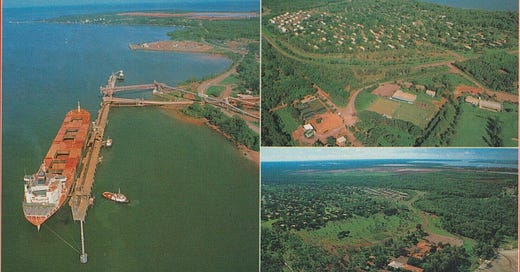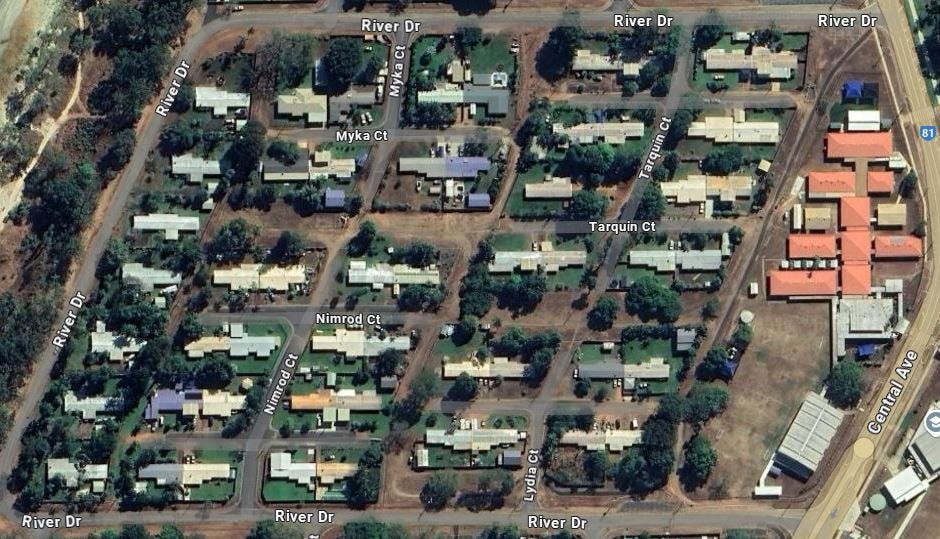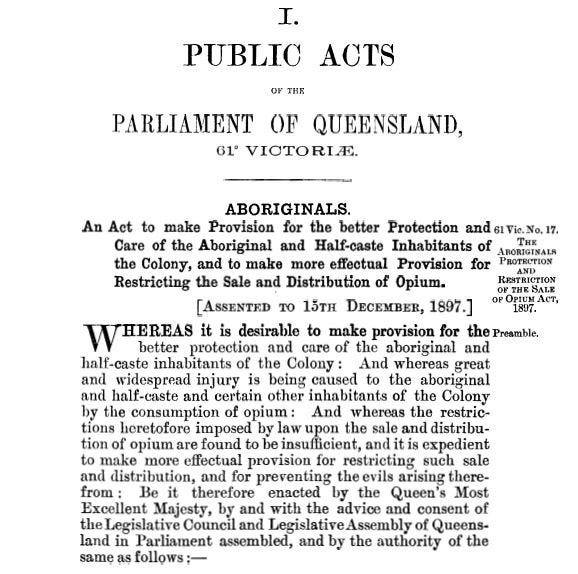Mapping Queensland: Weipa
In this series I am documenting the history of towns and suburbs across Queensland, using maps.
Weipa is located in Queensland’s Cape York Peninsula. It is unique in Queensland as it is a mining town where the mining company (formerly Comalco, now Rio Tinto) owns and manages most of the land and infrastructure.
Now I picked Weipa for the first edition of this series because it has an interesting layout, very reminiscent of post-war planning ideas that focused on the convenience of the car. Lots of cul-de-sacs. Given the town was constructed from 1964, this makes sense.
While other towns established by mining companies also have significant company-owned housing, they differ from Weipa by having regular local government authorities (and freehold land). In Weipa, the company owns the land, meaning the company would have controlled how the town was laid out.
The different eras of Weipa’s development highlights the different influential planning trends.
Urban planning trends
To the north, there are large residential lots with Radburn-style parkland separating the houses. Rocky Point was the original residential and administrative hub of the town, built in the 1960s, and includes workers housing (including for singles) and the original town centre. It is far more utilitarian than the newer districts of the town.
To the south, I am told that Trunding was developed in the 1970s, for non-industrial workers. It is more dispersed, with larger blocks and larger houses.
As time goes on, the houses get bigger and the lots get smaller - reflecting many of the trends we see across the country.

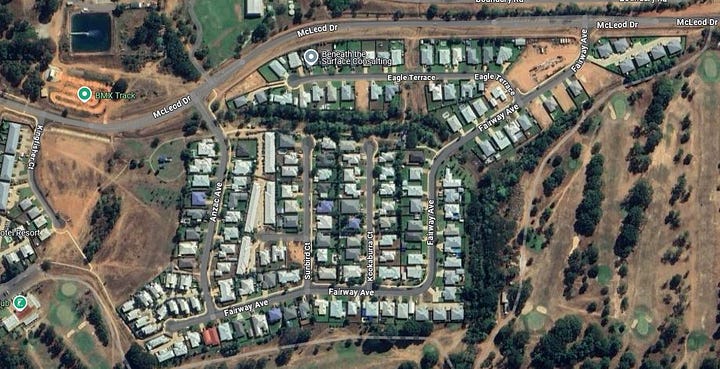
History of Weipa
Weipa’s history is heavily influenced by the discovery of bauxite in 1955. Prior to this, the Presbyterian Church had established Weipa Mission, with most of the land declared an Aboriginal Reserve under the Aboriginals Protection and Restriction of the Sale of Opium Act 1897.
The Act effectively ensured the government had control over every aspect of life for Aboriginal people. People could be removed to reserves (any reserve, any where), their wages (if they were paid any, for most mission residents employed by the state, they received rations only) would be collected and controlled by “Protectors”. This was how most Aboriginal people ended up at the Weipa mission.
The mission at Weipa was located on the land of the Alngith people, one of several Thaynakwith-speaking groups of the Western Cape York region. However, over time, the mission became home to people from across the Cape York Peninsula, as people were forcibly removed from other places.
The discovery of bauxite
The discovery of vast bauxite deposits led to the formation of the Commonwealth Aluminum Corporation (Comalco, which later became Rio Tinto). The Minister’s visit to Weipa in 1957 (aerials pictured below) relates to the passing of the Commonwealth Aluminium Corporation Pty. Limited Agreement Act by the Queensland Government, which granted significant rights to Comalco to mine bauxite.
In their hurry to hand over the land, it would seem that the government forgot all about the missions and had to subsequently renegotiate with Comalco to surrender small portions for the missions. The lease to Comalco covered both the Mapoon and the Weipa missions - or 93% of the land that had been officially reserved since 1898.
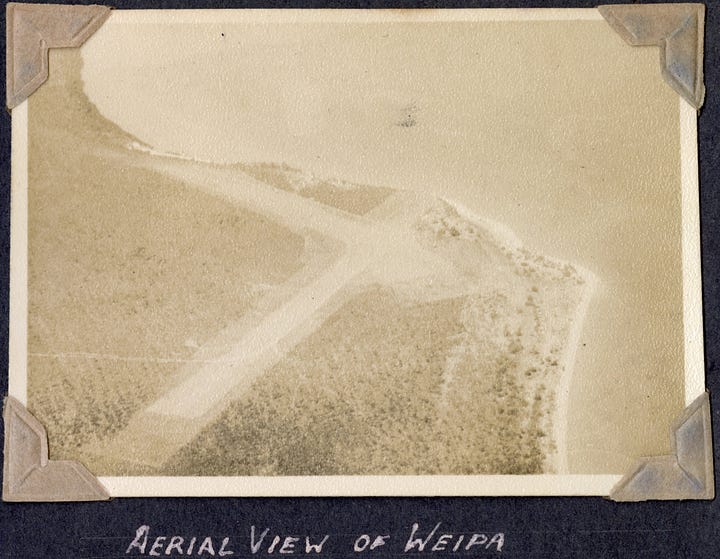
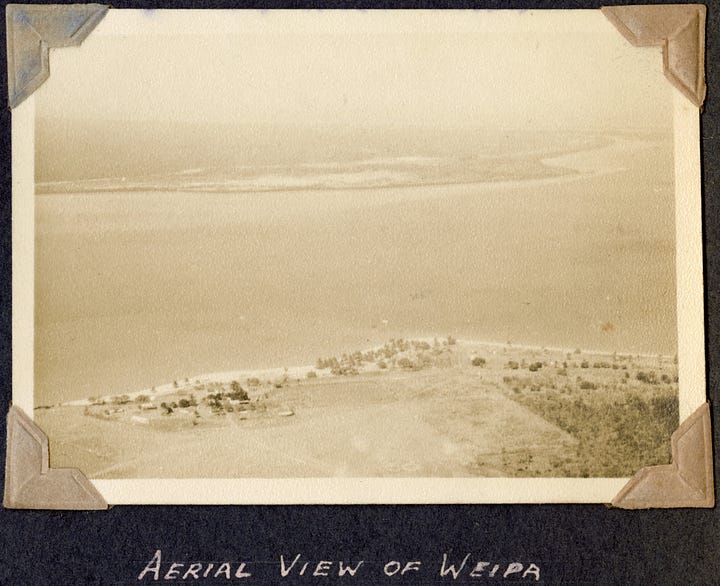
I could find limited documentation of housing (the focus of much my research) in the mission, except this photo of two young women and their babies in front of a dwelling in 1957. Housing in the background appears to be made out of locally sourced materials.
The Weipa Mission experienced significant damage following a cyclone in 1956. In 1958, Comalco agreed to rebuild its housing but lobbied intensively to have the mission “further removed” from the township. Their preferred site was on the other side of the Embley River so the existing site at Jessica Point (Napranum) could revert to Comalco. The government agreed but a perpetual lack of funds meant the relocation did not eventuate.
New housing wouldn’t be constructed until the Queensland Government took over mission operation in 1966. As Ros Kidd states, “The systemic discrimination of rehousing was matched by a more subtly introduced bias by Comalco. While claiming an open school policy in the white township, Comalco insisted on “grade for age” in the classrooms, effectively barring most “mission” children…By mid-1967 the mythical bonanza of unlimited employment had dwindled to a paltry 14 positions for Aboriginal employees.” (Kidd. p. 226).
This is consistent with other government actions in relation to Comalco. After residents in Mapoon refused to move to a new settlement near Bamaga, to make way for mining interests, people were forcibly removed and their houses burned down to prevent their return.
For further reading, I suggest Ros Kidd’s How we civilise, published by UQ University Press. I have drawn much from this book.

